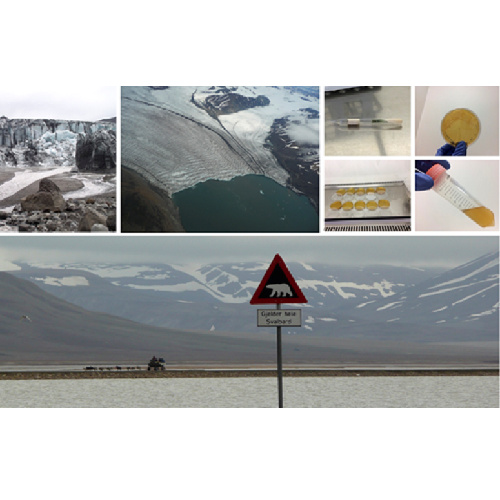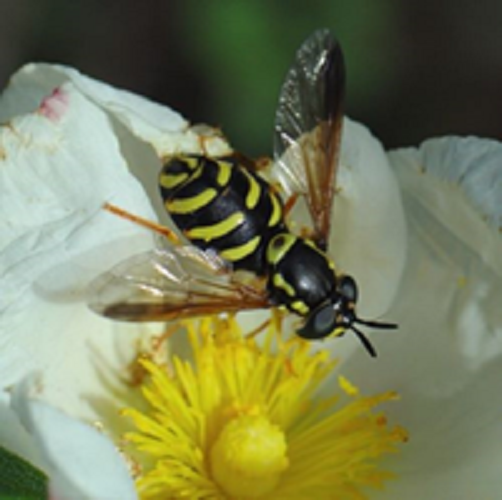Temperatures in the Arctic have been increasing at more than double the global average over the last decades and glacial environments are at the forefront of climate change. Increasing temperatures impact freshwater runoff, as well as the transport of essential nutrients such as nitrogen from Arctic ice caps to the ocean. Rapidly changing nutrient dynamics, […]
Read More
The project: Freshwater ecosystems are among the most threatened ecosystems globally, with nutrient enrichment perhaps the most significant stressor. However, the importance of the wide range of organic nutrient compounds found in freshwater ecosystems (e.g. proteins, nucleic or amino acids, phospholipids, etc) remains highly uncertain. Research to address this uncertainty is critical, because the concentration […]
Read More
The Greenland and Antarctic Ice Sheets are responsible for about a third of global sea level rise as a result of increased melting and changes to ice flow. Supraglacial lakes (SGLs) are becoming more abundant as a result of increased melting, and can act to speed up ice flow when they drain (Leeson et al., […]
Read More
Ecoacoustics is the use of sound to understand more about the nature of ecosystems and how they function. The scientific field and practical applications are rapidly developing as new hardware and analytical techniques, in particular AI methods, make the methodologies more accessible and the results more actionable. Many animals produce sounds which can be used […]
Read More
Rewilding is an approach to conservation which seeks to regenerate degraded ecosystems in a self-sustaining way, with relatively little ongoing management. Rewilding projects are proliferating in the UK, especially following the high-profile success of the Knepp Wildland project in West Sussex, and are potentially transformative in attempts to protect and enhance biodiversity nationally. There is […]
Read More
Invasive species are a key cause of biodiversity decline in freshwater systems. Crayfish are a particularly problematic invader, with multiple species ranked amongst the worst global invaders. However, relatively little is known about invasive crayfish in tropical rivers. There is also growing evidence that invasive crayfish can have both ecological and geomorphological impacts, which can […]
Read More
Urbanisation is a major threat to biodiversity in the 21st Century. Over 4 billion people inhabit urban spaces and by 2050, this is predicted to increase by a further 2.4 billion. This will have a profound impact on a huge number of taxa, altering ranges, habitats, behaviours and phenotypes. Despite its negative impacts on biodiversity, […]
Read More
Biodiversity is essential for ecosystem services and resilience to global change, but is declining globally. Recent regulatory shifts requiring biodiversity reporting, offsetting and nature positive outcomes are creating a market for private finance of conservation. However, this is being hindered by lack of appropriate measurement methods for biodiversity. The supervisory team, collaborating with a wide […]
Read More
Antimicrobial resistance (AMR) is a major threat to humans, animals, and our environment. Often associated with overuse of antibiotics in human and livestock dominated environments, its wider environmental occurrence is poorly understood. Emerging evidence suggests that AMR genes (ARGs) are frequently identified in commensal organisms, such as members of host-associated and environmental microbiomes. To effectively […]
Read More
Slope instability is responsible for considerable social and economic harm. In the UK, impacts are principally economic, through damage and disruption to critical infrastructure (e.g. railways, flood defences, reservoir dams etc.), costing >£100 million annually. Further afield, in areas with high rainfall and mountainous conditions (e.g. South East Asia) impacts are considerably greater, including enormous […]
Read More









